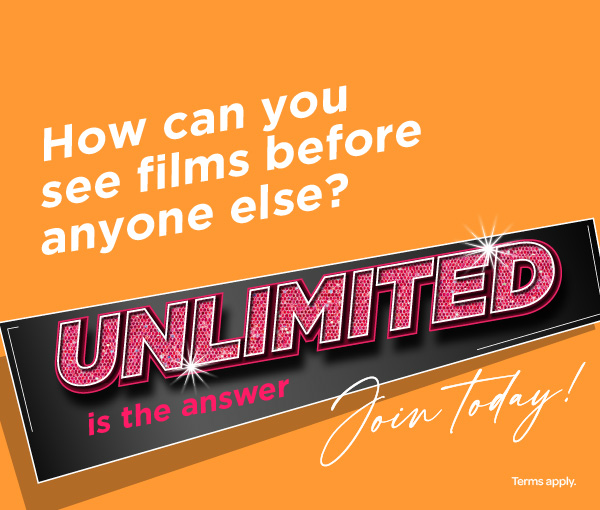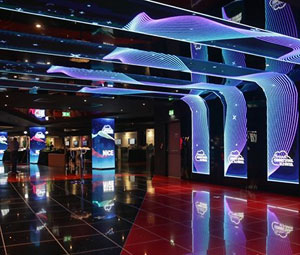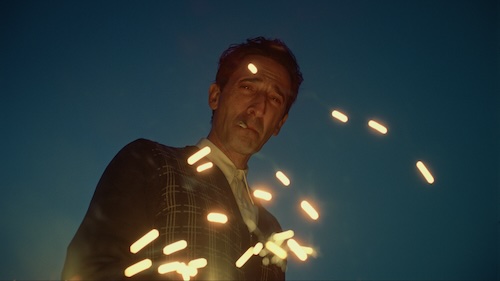
The phrase 'go big or go home' was made for movies like The Brutalist, and the acclaimed drama is even more impressive when experienced in IMAX. Brady Corbet's sprawling four-hour-long film (including an intermission) centres on a Hungarian architect named Lászlo Toth (Adrien Brody) who escapes the horrors of the Holocaust and attempts to plant his roots amid the fertile, capitalist soil of 20th-century America.
Needless to say, things don't go well, as Lászlo's architectural ambitions and personal ideologies are challenged at every turn. The movie presents itself as a sensual physical experience and a thoughtful exposé of immigrant life in America, one that plays out amid impossibly wide landscapes, massive rooms and bustling cities.
The Brutalist has been nominated for 10 Oscars and possesses the kind of grandeur that justifies the IMAX experience. Here are five scenes that will gain even more stature when seen in IMAX.
1. Lászlo arrives in New York
The film's signature image (as seen in the trailer and on the poster) is the upside-down shot of New York's iconic Statue of Liberty. It's the emblem of the film's myriad themes: the dizzying nature of the immigrant experience, the onrush of modernity in mid-20th-century America and the sense that personal expectations will continually be turned on their head.
The simple yet powerful shot is set to resonate all the more strongly via the expensive screen canvas and sharp resolution of IMAX. Plus, IMAX's bespoke sound design promises to accentuate the nuances of Daniel Blumberg's score, which uses a processional horn arrangement during its opening overture to imbue a sense of triumph into Laszlo's arrival in America. Given the way things soon go, the music is revealed to have an ironic intent, and the rest of the film deconstructs Laszlo's ideals about what America is set to offer him.
2. Lászlo constructs the library
Lol Crawley's spacious cinematography comes into its own during the pivotal library sequences. Laszlo and his cousin Atilla (Alessandro Nivola) are commissioned by the sneering Harry van Buren (Joe Alwyn) to construct a library for his father, the wealthy magnate Harrison van Buren (Guy Pearce), in the latter's absence. The interplay of light and shade and the careful geometric angles of Lászlo's eventual design are meant to be experienced in IMAX with the newly revived library majestically reaching upwards and highlighting the production design from Judy Becker.
Remarkably, the four-hour-long movie was made for just $10 million. You'd be hard-pressed to realise that as The Brutalist ranges through the decades, and the emotional highs and lows of Laszlo's brutal integration into American society, which begins when Van Buren angrily rejects Lászlo's design and turfs him out.

3. Erzsébet arrives in America
IMAX isn't simply meant for epic, widescreen moments. Intimate sequences also resonate with a deeper and more potent sense of grandeur as they play out on larger-than-usual screens. Case in point: the post-intermission scene in which Lászlo's wife Erzsébet (Felicity Jones) arrives in America after a complex and protracted attempt to move her and Laszlo's mute niece Zsófia (Raffey Cassidy) from post-Holocaust Europe.
The moment when Lászlo first realises that the traumatised Erzsébet now resides in a wheelchair is remarkably raw and convincing. It's a simple, tear-laden two-shot that communicates a breadth of emotional trauma and interpersonal dynamics that subsequently play out during the second half of the film.

4. Lászlo constructs Harrison's community centre
Brady Corbet and Low Crawley capture the architectural process in the manner of a grandiose frontier Western. The interplay between wides and close-ups during the community centre construction, a commemoration of Harrison van Buren's late mother, reinforces the dynamic between Lászlo's personal vision and the American geopolitics he is compelled to navigate. Said politics are largely embodied by the Svengali-esque figure of Van Buren himself, at once Lászlo's benefactor and tormentor, and brilliantly played by Pearce.
IMAX is meant for sequences like this: the screen size, resolution and sound further embolden the film's physical construction process, which increasingly resembles a cathedral more than a functional building. This is best embodied by the pivotal image of the light bearing down on the altar to form a cross at certain times of the day: it's another simple image that resonates with all manner of emotional meanings.
5. The visit to the Carrara quarry
Carrara marble, regarded as among the finest in the world, becomes a symbol of decadent wealth and corruption as the film rumbles on. Harrison van Buren demands the luxurious and expensive material for his mother's epitaph, which results in a visit to the famous Carrara quarries and mines in Italy. Corbet and Crawley craft an almost lunar depiction of this location, absorbing the dust, pale colours and contours of the quarry to craft a surreal sense of untapped wealth.
IMAX stretches the contours of this sequence to its limits, showing us how Laszlo and Van Buren are engulfed by the marble around them. What then follows is a horrific sequence (no spoilers here) that underlines Van Buren's broiling apathy toward immigrants, an act of subjugation that encapsulates all the cruelty Lászlo has experienced as an outsider to the American Dream.
Experience the scale of The Brutalist in IMAX at Cineworld. Book your tickets via the following link.
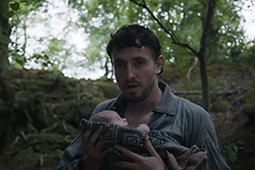

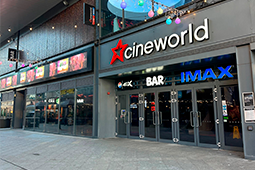


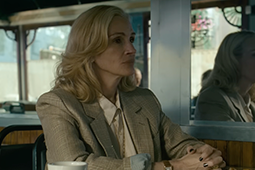
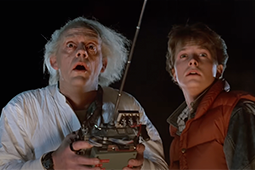

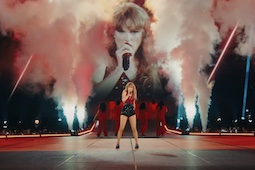




.jpg)
.png)

